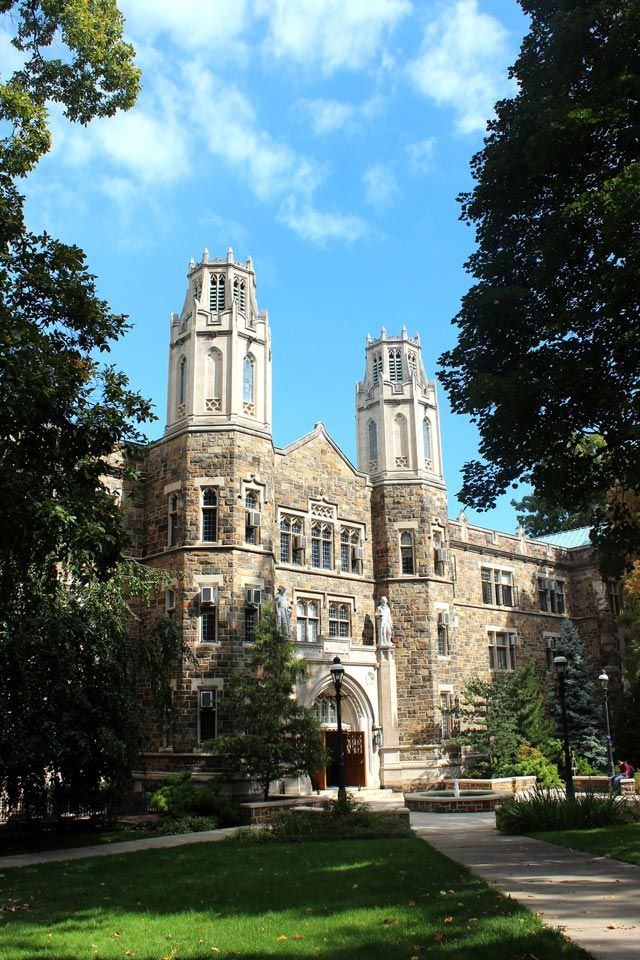Andrew Abraham spent the summer of 2009 helping scientists at NASA’s Glenn Academy for Space Exploration fine-tune a new device that optimizes satellites’ ability to send and receive microwave signals.
Earlier this year, he learned that the team of engineers he worked with received a U.S. patent for the device.
NASA was seeking to harness the power of lightweight data transmitters, called Solid State Power Amplifiers (SSPAs), which are used for satellite-satellite and satellite-earth communications.
Working from a design developed by his NASA engineering team, Abraham built, tested and evaluated a waveguide hybrid coupler capable of combining SSPAs to achieve clearer, longer-range satellite communications.
“To transmit microwave signals over a long distance requires a lot of power,” says Abraham, who earned an M.S. in physics from Lehigh in 2009 and is now a Ph.D. candidate in mechanical engineering. “High-powered microwave transmission can be produced with heavy equipment, but this is expensive.
“An SSPA chip produces microwave signals more effectively than heavy equipment but it cannot achieve significant strength by itself. You can combine the output from several SSPAs into one strong signal, but how do you this optimally?”
“We’ve learned how to achieve maximum efficiency of combining three power outputs from SSPAs and turn them into one coherent signal that is much stronger than one of the three alone.”
The new technology will be useful, says Abraham, regardless of the future direction of the U.S. shuttle and space flight programs.
“Our technology can be used for any application – cable TV, cell phone stations, military applications – that relies on satellite communications.”
Abraham’s next challenge? He’s helping a Penn State-Lehigh group compete in Google’s Lunar X Prize, which is challenging privately funded teams to land a robot on the surface of the moon.

